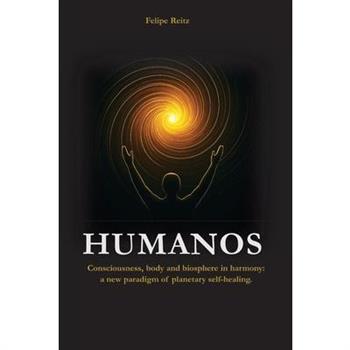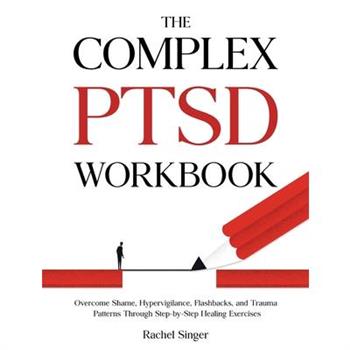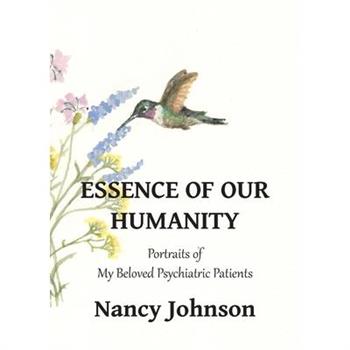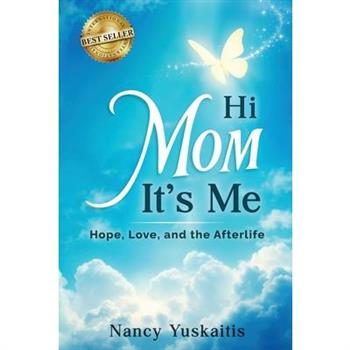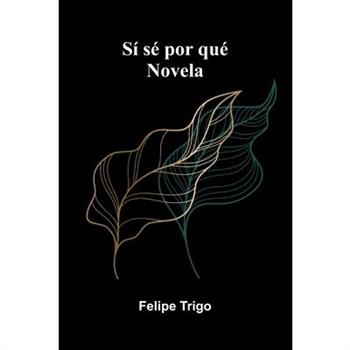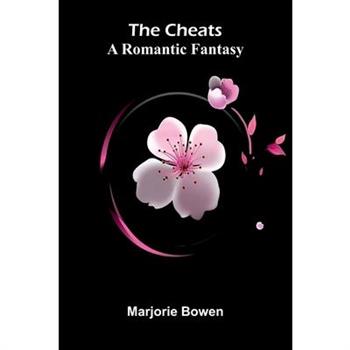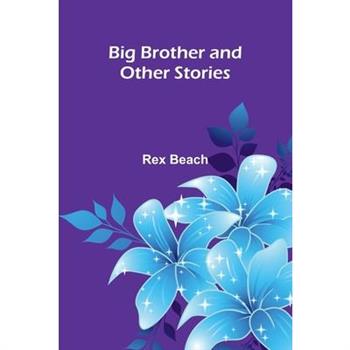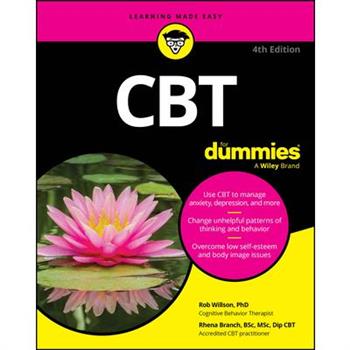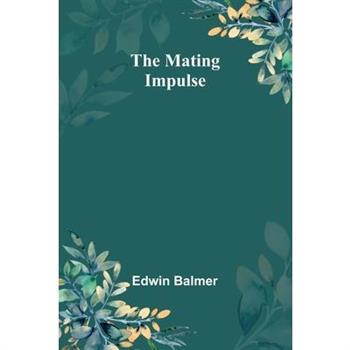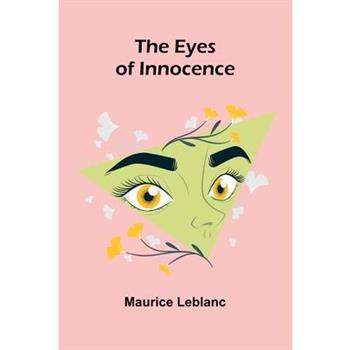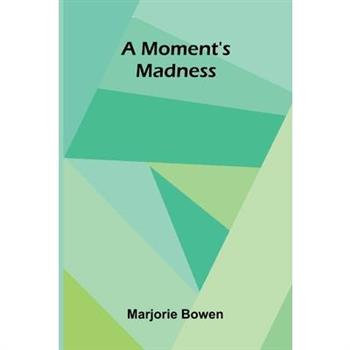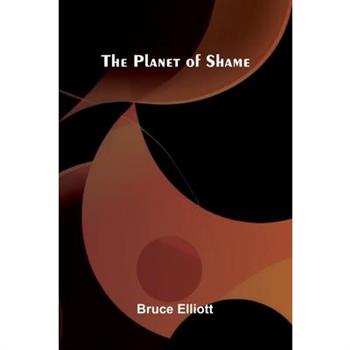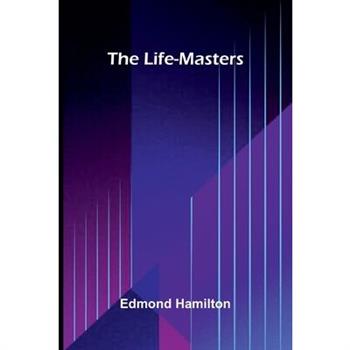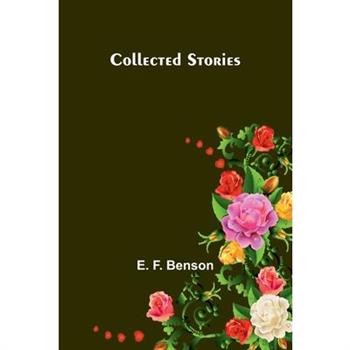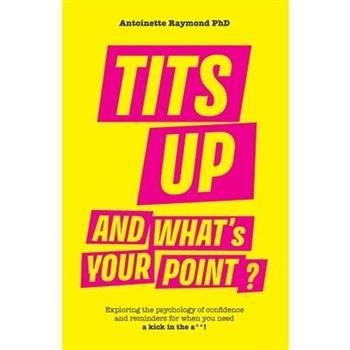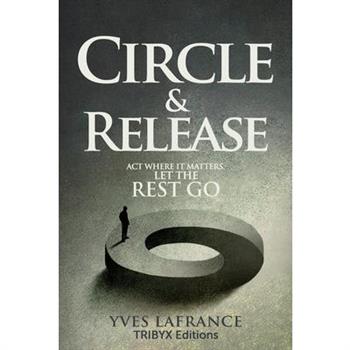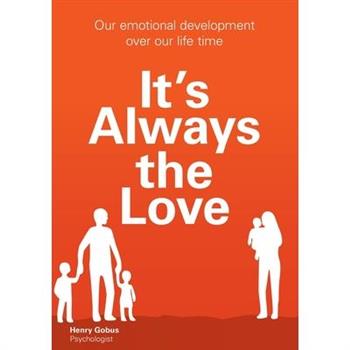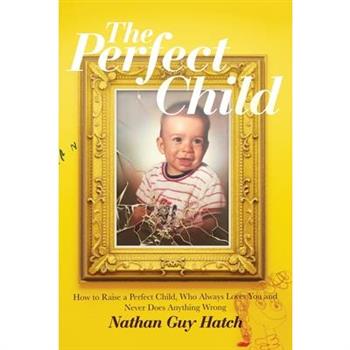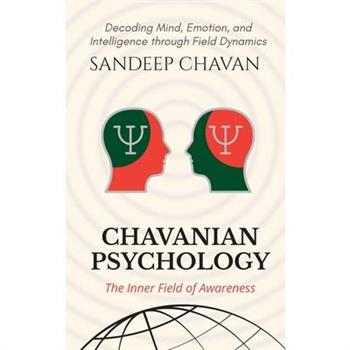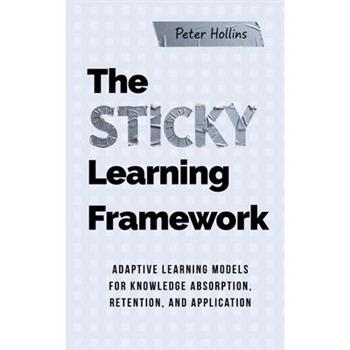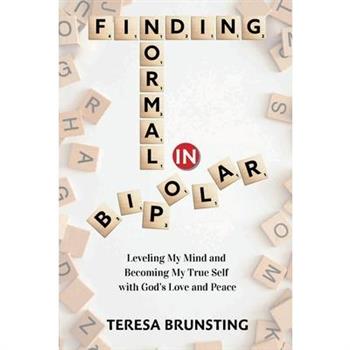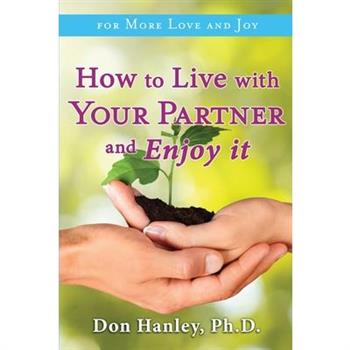CBT for Dummies
Easily understand how to apply the principles of cognitive behavioral therapy (CBT) to your own life CBT For Dummies is the gold standard guide to the gold standard form of psychotherapy. This proven treatment helps with common emotional problems like anxiety, depression, panic, and social anxiety. It's also the evidence-based treatment of choice for common mental health problems like PTSD, body dysmorphic disorder, OCD and beyond. CBT can also help you develop healthier habits, manage your social media use, and improve your life in all sorts of other ways. With this book, you get a comprehensive look at practicing CBT on your own or using CBT with your care providers. Work through exercises to identify thinking patterns that are getting in your way, then learn practical techniques for changing them. In classic Dummies fashion, CBT For Dummies offers easy-to-follow guidance and information anyone can understand. Learn about cognitive behavioral therapy and the science behind it Overcome anxiety and depression, boost self-esteem, manage emotions, or simply improve personal productivity and happiness Break free from your behavioral challenges to achieve your goals Begin to heal from trauma and achieve a healthier outlook on life This is a great Dummies guide for anyone who's interested in the many benefits CBT can have--in therapy session or on your own.






